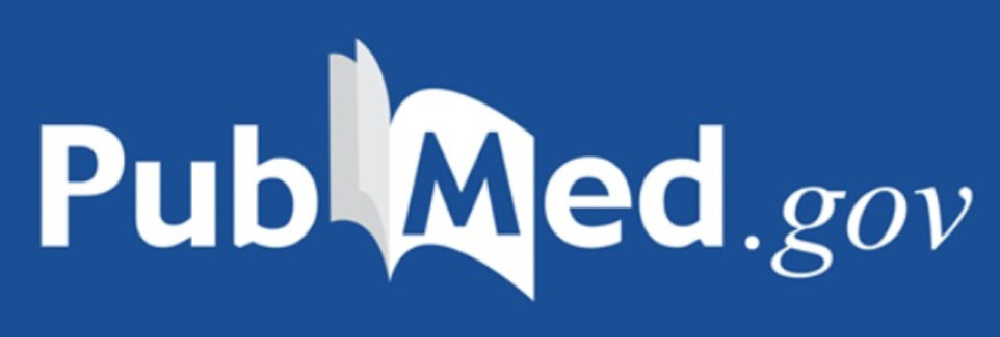- PMID: 33169541
- DOI: 10.1002/prp2.682
Abstract
Cannabidiol (CBD) is the second most abundant component of the Cannabis plant and is known to have effects distinct from Δ9 -tetrahydrocannabinol (THC). Many studies that examined the behavioral effects of CBD concluded that it lacks the psychotomimetic effects attributed to THC. However, CBD was shown to have a broad spectrum of effects on several conditions such as anxiety, inflammation, neuropathic pain, and epilepsy. It is currently thought that CBD engages different targets and hence CBD’s effects are thought to be due to multiple molecular mechanisms of action. A well-accepted set of targets include GPCRs and ion channels, with the serotonin 5-HT1A receptor and the transient receptor potential cation channel TRPV1 channel being the two main targets. CBD has also been thought to target G protein-coupled receptors (GPCRs) such as cannabinoid and opioid receptors. Other studies have suggested a role for additional GPCRs and ion channels as targets of CBD. Currently, the clinical efficacy of CBD is not completely understood. Evidence derived from randomized clinical trials, in vitro and in vivo models and real-world observations support the use of CBD as a drug treatment option for anxiety, neuropathy, and many other conditions. Hence an understanding of the current status of the field as it relates to the targets for CBD is of great interest so, in this review, we include findings from recent studies that highlight these main targets.
Keywords: Gi/0 coupled receptors, binding sites, cannabidiol, ion channels, µ-CB1 heteromers
© 2020 The Authors. Pharmacology Research & Perspectives published by John Wiley & Sons Ltd, British Pharmacological Society and American Society for Pharmacology and Experimental Therapeutics.
Similar articles
-
Molecular Targets of Cannabidiol in Neurological Disorders.Neurotherapeutics. 2015 Oct;12(4):699-730. doi: 10.1007/s13311-015-0377-3.PMID: 26264914 Free PMC article. Review.
-
Cannabis for the Treatment of Epilepsy: an Update.Curr Neurol Neurosci Rep. 2018 Sep 8;18(11):73. doi: 10.1007/s11910-018-0882-y.PMID: 30194563 Review.
-
Motor effects of the non-psychotropic phytocannabinoid cannabidiol that are mediated by 5-HT1A receptors.Neuropharmacology. 2013 Dec;75:155-63. doi: 10.1016/j.neuropharm.2013.07.024. Epub 2013 Aug 4.PMID: 23924692
-
Cannabidiol: pharmacology and potential therapeutic role in epilepsy and other neuropsychiatric disorders.Epilepsia. 2014 Jun;55(6):791-802. doi: 10.1111/epi.12631. Epub 2014 May 22.PMID: 24854329 Free PMC article. Review.
-
Inhibitory effects of cannabidiol on voltage-dependent sodium currents.J Biol Chem. 2018 Oct 26;293(43):16546-16558. doi: 10.1074/jbc.RA118.004929. Epub 2018 Sep 14.PMID: 30219789 Free PMC article.
References
REFERENCES
-
- Mechoulam R. Marihuana chemistry. Science. 1970;168(3936):1159-1166. https://doi.org/10.1126/science.168.3936.1159
-
- Espejo-Porras F, Fernández-Ruiz J, Pertwee RG, Mechoulam R, García C. Motor effects of the non-psychotropic phytocannabinoid cannabidiol that are mediated by 5-HT1A receptors. Neuropharmacology. 2013;75:155-163. https://doi.org/10.1016/j.neuropharm.2013.07.024
-
- Shoval G, Shbiro L, Hershkovitz L, et al. Prohedonic effect of cannabidiol in a rat model of depression. Neuropsychobiology. 2016;73(2):123-129. https://doi.org/10.1159/000443890
-
- Fisher T, Golan H, Schiby G, et al. In vitro and in vivo efficacy of non-psychoactive cannabidiol in neuroblastoma. Curr Oncol. 2016;23(2):S15-S22. https://doi.org/10.3747/co.23.2893
-
- Juknat A, Kozela E, Kaushansky N, Mechoulam R, Vogel Z. Anti-inflammatory effects of the cannabidiol derivative dimethylheptyl-cannabidiol – studies in BV-2 microglia and encephalitogenic T cells. J Basic Clin Physiol Pharmacol. 2016;27(3):289-296. https://doi.org/10.1515/jbcpp-2015-0071


